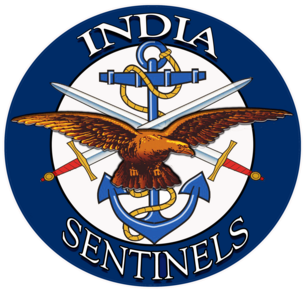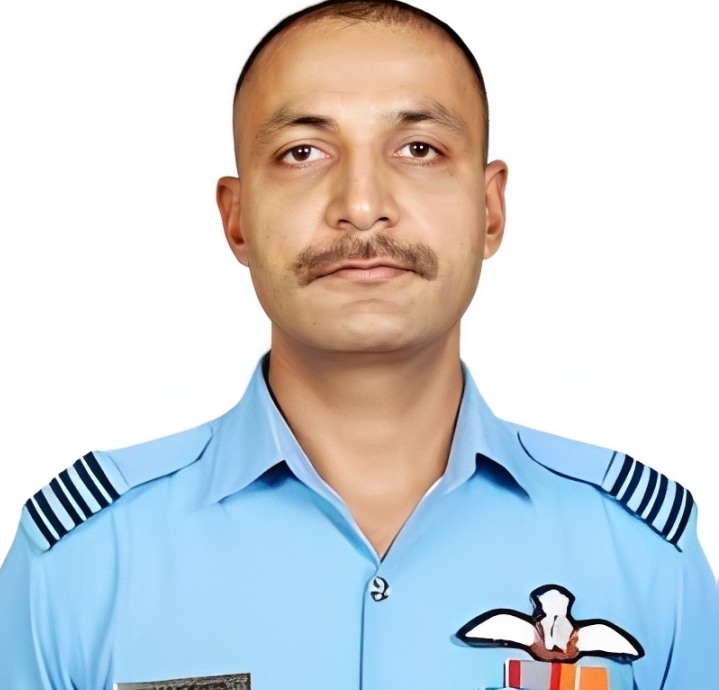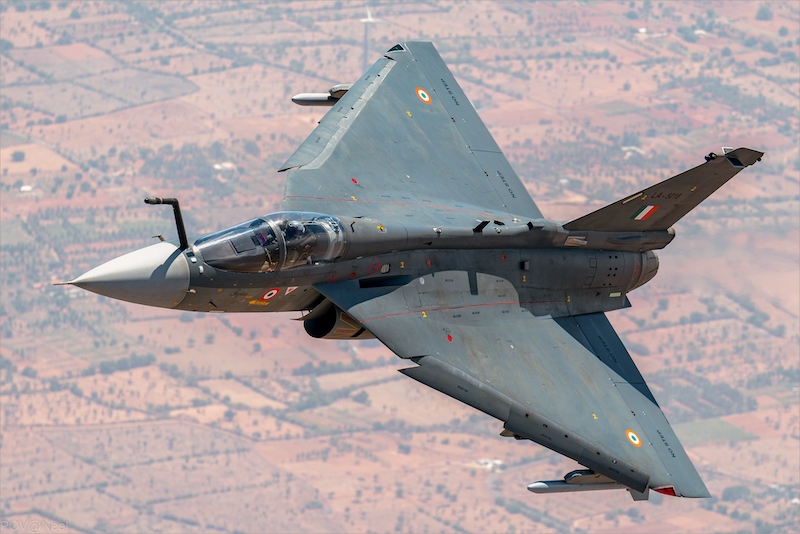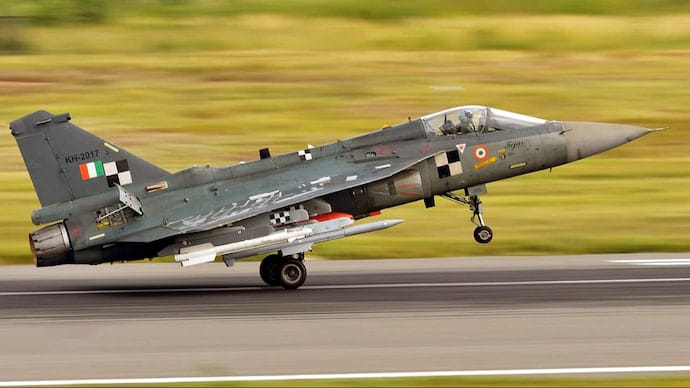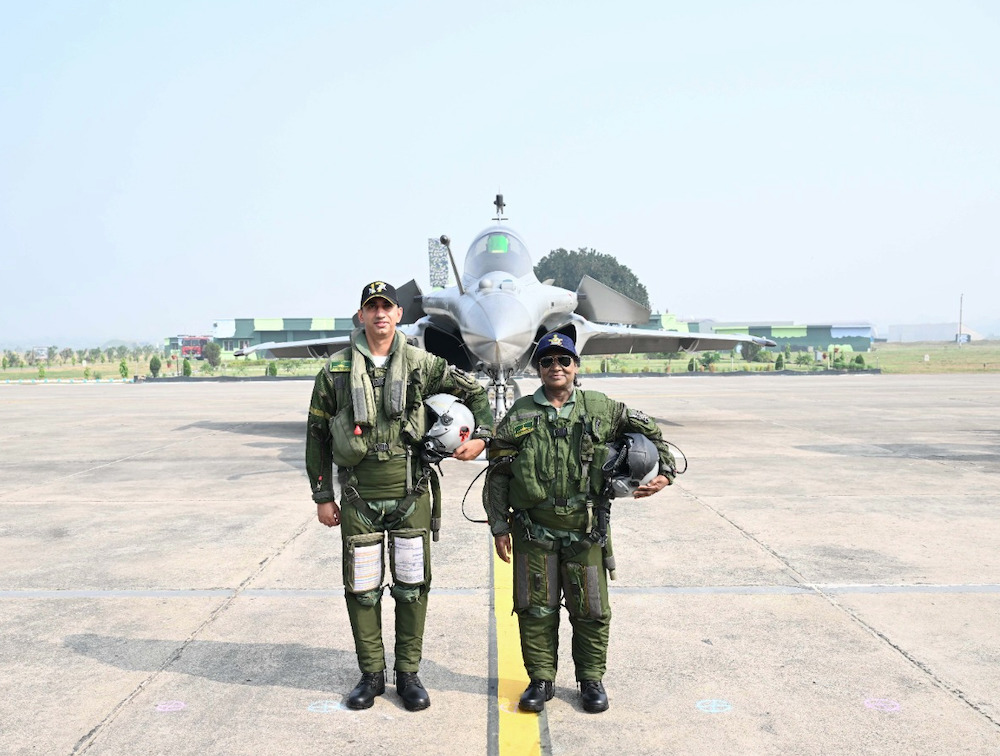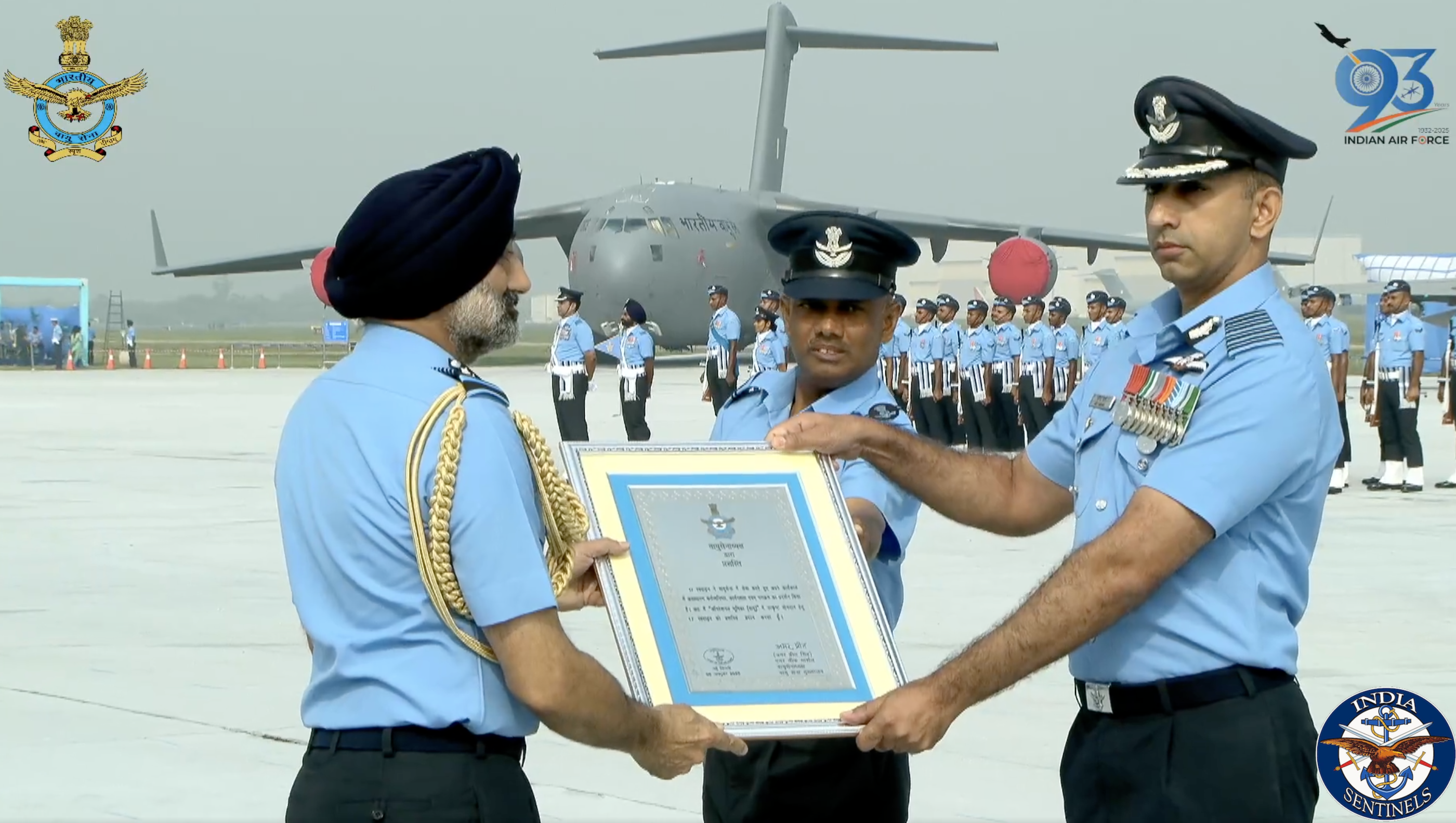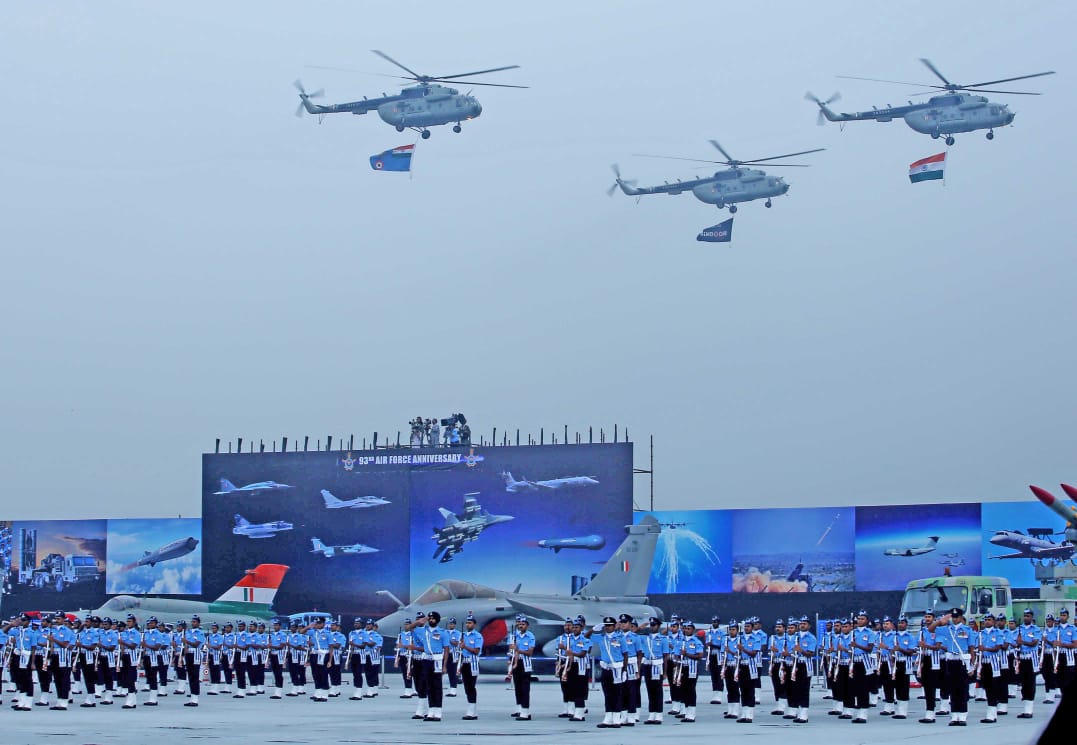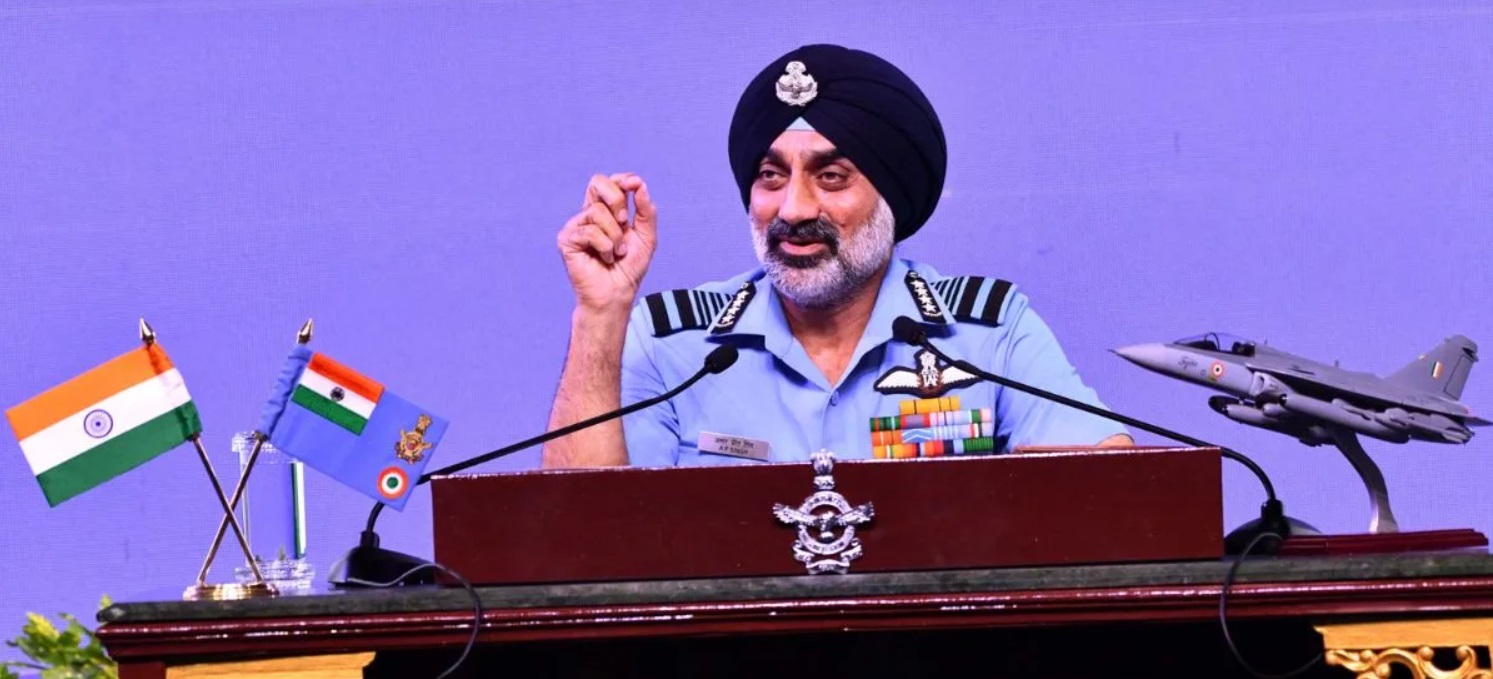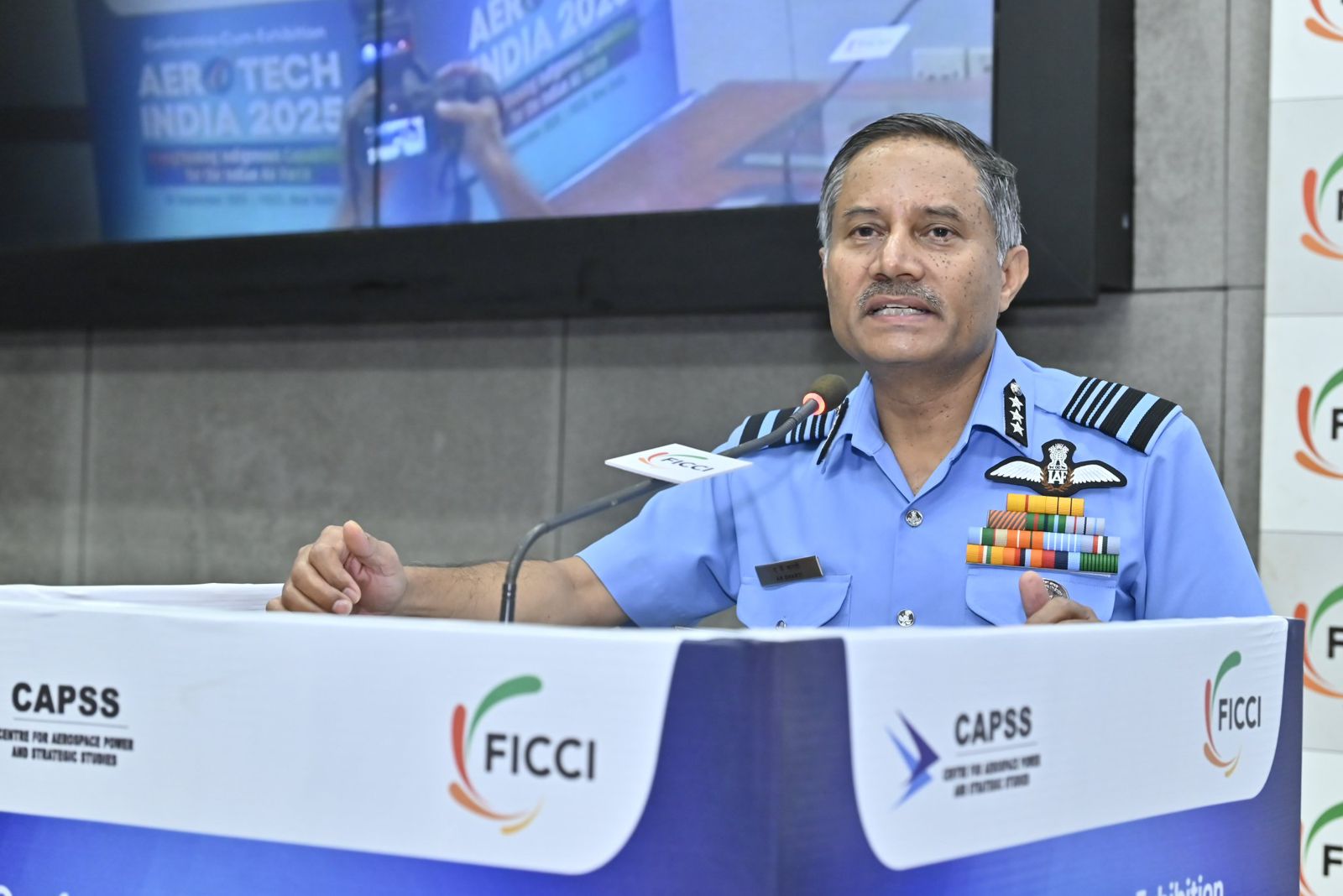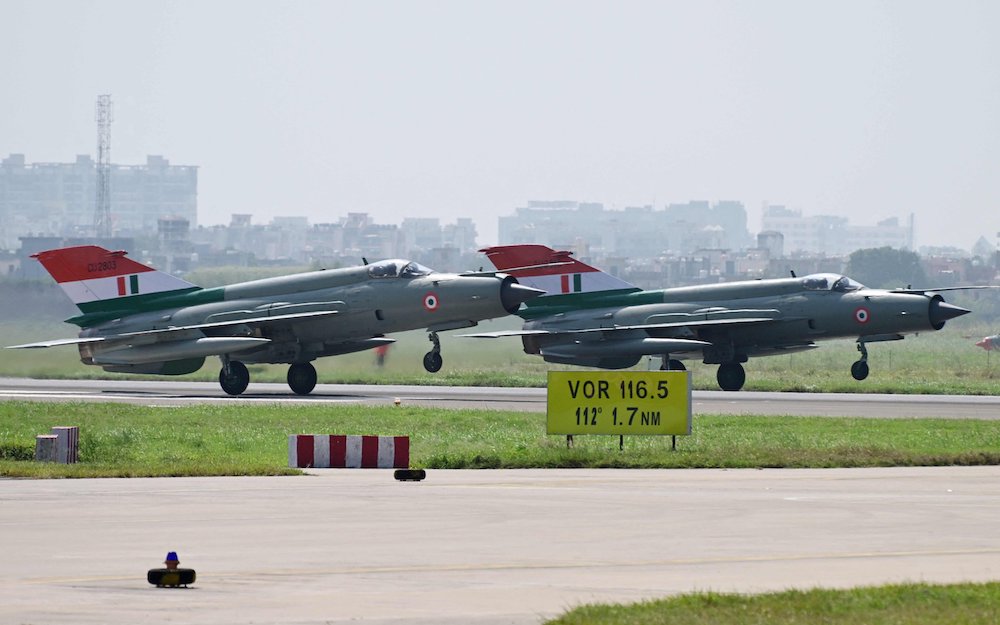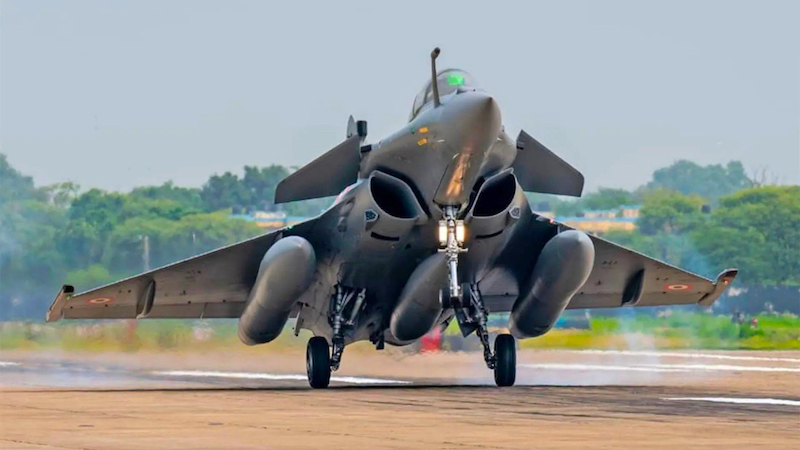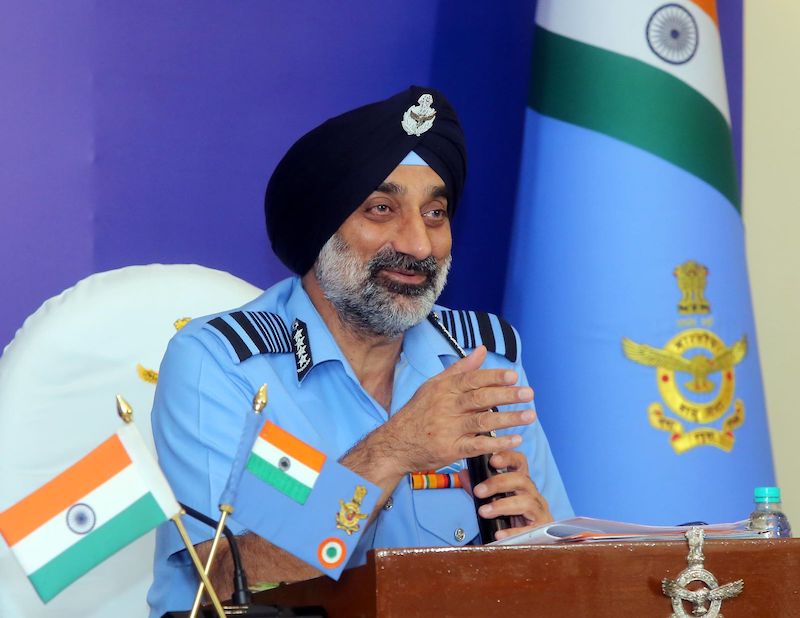 ACM Amar Preet Singh.
ACM Amar Preet Singh.
Mhow: The Indian Air Force has signalled significant reservations about the military’s ambitious theatre command restructuring, with Air Chief Marshal Amar Preet Singh advocating for a measured approach that prioritizes existing joint coordination mechanisms over sweeping organizational changes.
Speaking at a fireside chat during Ran Samvad 2025 in Mhow on Tuesday, ACM Singh emphasized that any new military structure must avoid creating additional bureaucratic layers whilst preserving the core competencies of each service branch.
‘Op Sindoor coordination effective’
The IAF chief cited Operation Sindoor as evidence that current joint planning mechanisms can deliver effective results without major structural overhauls. The operation, which involved coordination between the three service chiefs and the chief of defence staff, demonstrated seamless planning and execution without identified gaps.
“Just four of us together and planning – we did not find any gaps during the operation. Everything sorted out,” ACM Singh said. “Therefore, I believe joint planning and execution at the apex level is what is required.”
The air chief marshal’s comments represent the most explicit pushback against the theatre command initiative since it was launched by the late chief of defence staff, General Bipin Rawat, and continued under his successor, General Anil Chauhan.
Concerns over asset allocation
The IAF’s opposition stems largely from practical concerns about dividing limited air assets across geographically based commands. The service argues that splitting squadrons, aerial refuelling tankers, and airborne warning and control systems (AWACS) among different theatre commands could severely compromise operational effectiveness.
ACM Singh highlighted the Air Force’s strategic advantage in rapidly redeploying assets nationwide within 48 hours – a capability that could be diminished under a geographically dispersed command structure.
“We can’t have theatre commanders sitting somewhere else and getting directions on the phone – really it doesn’t work,” he said, advocating instead for a centralized joint planning and operations centre in Delhi under the chief of defence staff.
Warning against foreign models
The air chief cautioned against blindly adopting theatre command structures from other nations, specifically mentioning China and the United States. He stressed the need for India to develop systems tailored to its unique strategic requirements rather than succumbing to external pressure for immediate implementation.
“We can’t pick up from other countries like China or the US who have theatre commands. We need to think what we need otherwise we go wrong,” ACM Singh said.
Rather than wholesale restructuring, ACM Singh proposed beginning with enhanced joint planning at the apex level and evaluating results before considering additional structural changes. This incremental approach would allow military leadership to assess effectiveness without disrupting established operational frameworks.
The IAF’s position reflects broader tensions within India’s military establishment over the pace and scope of defence reforms. While not opposing joint operations in principle, the air force has consistently raised concerns about maintaining air power’s inherent flexibility and rapid response capabilities.
Concept and implications
The theatre command concept, designed to integrate land, sea, and air operations under unified regional commands, remains a cornerstone of India’s military modernization efforts. However, ACM Singh’s comments highlight the complexity of balancing joint operations with service-specific capabilities and doctrine.
The debate occurs against the backdrop of India’s evolving security challenges, including tensions along the northern borders and maritime security concerns in the Indian Ocean region. The military leadership’s ability to reconcile these competing priorities will likely determine the ultimate shape of India’s defence restructuring.
ACM AP Singh’s remarks suggest that while the principle of joint operations enjoys broad support, the implementation methodology requires careful consideration to preserve operational effectiveness while achieving greater integration among the services.
